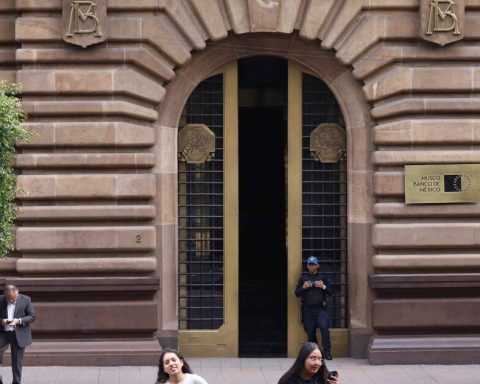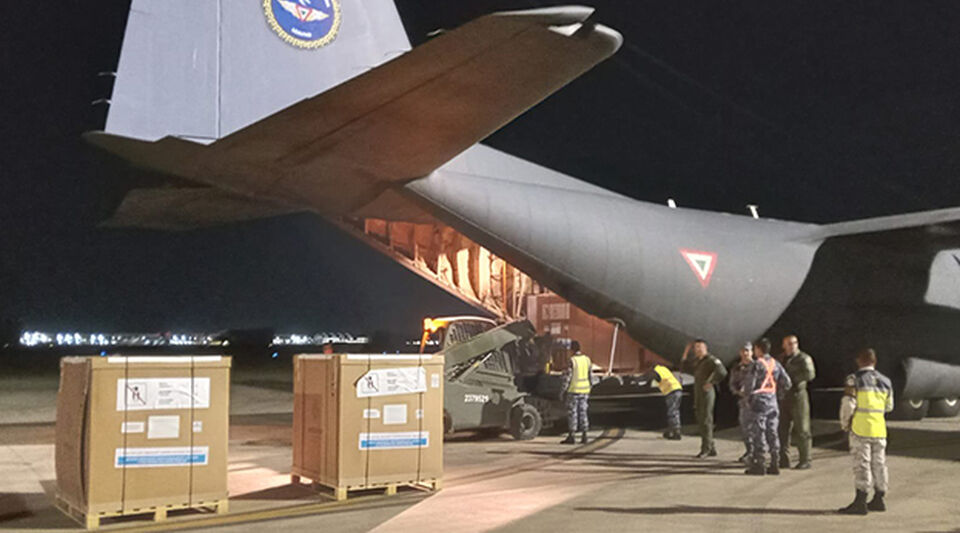Canada launched its long-awaited Indo-Pacific strategy on Sunday, outlining spending of C$2.3 billion (1.7 billion US dollars) to boost military and cyber security in the region.
In addition, he promises to confront a “disruptive” China, while collaborating with it on issues related to climate change and trade.
The plan, detailed in a 26-page document, says Canada will strengthen foreign investment rules to protect the intellectual property and prevent Chinese state-owned companies from seizing essential mineral supplies.
Canada intends to strengthen its ties with a region of the Indo-Pacific fast growing, made up of 40 countries representing nearly Can$50 trillion of economic activity. But the focus is on Chinawhich is mentioned more than 50 times, at a time when bilateral ties are frozen.
At a news conference in Vancouver, four cabinet ministers took turns detailing the new plan, saying the strategy was crucial to Canada’s national security and climate, as well as its economic goals.
“We are going to engage in diplomacy because we believe that diplomacy is a strength, at the same time we will be firm and that’s why we now have a very transparent plan to engage with China,” Foreign Affairs Minister Melanie Joly said.
The Prime Minister’s Liberal government Justin Trudeau he wants to diversify the commercial and economic ties that depend mainly on the United States. Official data for September show that bilateral trade with China accounted for less than 7% of the total, compared with 68% for the United States.
Canada’s rapprochement with its Asian allies also comes at a time when Washington has shown signs of becoming increasingly suspicious free trade in recent years.
















